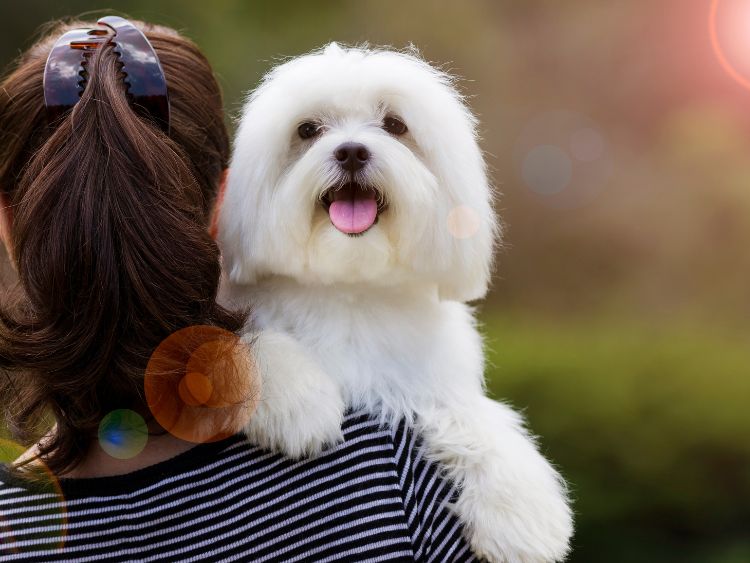Have you ever watched a group of dogs, tails wagging in unison, following commands with the kind of precision that would make a drill sergeant proud? That’s the magic of a well-run dog obedience group at work. This isn’t just about teaching old dogs new tricks; it’s about creating a symphony of communication between humans and their four-legged friends. In this comprehensive guide, we’ll dive into the hows and whys of dog obedience groups, offering you the insider tips and strategies to transform your chaotic puppy pack into an orderly assembly of attentive, responsive companions.
The Essence of Dog Obedience Groups
Dog obedience groups bring together dogs and their owners under the guidance of experienced trainers to learn and practice commands, from the basic to the complex. But it’s more than just sit, stay, and heel; it’s about building a deep, communicative bond between you and your pet.
Why Join a Dog Obedience Group?
- Socialization: Dogs thrive on interaction with their kind, learning social cues and behaviors.
- Structure: Regular sessions provide a routine that both dogs and owners can rely on.
- Professional Guidance: Access to experienced trainers can fast-track your dog’s learning.
- Support Network: Sharing experiences and solutions with other dog owners can be incredibly reassuring.
The Building Blocks of Success
Starting Right
- Find the Right Group: Look for a group that matches your dog’s age, size, and temperament.
- Consistency is Key: Regular attendance is crucial for building on learned behaviors.
- Patience Pays Off: Progress might be slow, but every step forward is a victory.
Training Techniques
- Positive Reinforcement: Rewards and praise make learning a joyful experience for your dog.
- Clear Commands: Consistency in command language helps dogs understand expectations.
- Gradual Complexity: Start simple and gradually increase the complexity of commands.
The Core Commands
- Sit
- Stay
- Come
- Heel
- Down
Mastering these commands within the dynamic of a group adds an extra layer of challenge but also prepares your dog for real-world distractions.
Advanced Maneuvers in Dog Obedience Groups
Once the basics are down pat, dog obedience groups often explore more complex tasks, such as agility training, off-leash commands, and even tricks that can be both fun and mentally stimulating for your dog.
FAQs
Q: How old should my dog be to join an obedience group? A: Puppies as young as a few months old can join puppy classes, but for more structured obedience groups, it’s best after they’ve received all their vaccinations.
Q: Can old dogs join obedience groups? A: Absolutely! Older dogs can learn new tricks, though patience and understanding their physical limits are important.
Q: What if my dog is not socialized? A: Obedience groups can be a great place to start, but talk to the trainer about any concerns. They may recommend starting with one-on-one sessions.
Conclusion
Joining a dog obedience group is more than just an activity; it’s a journey you take with your dog. It strengthens bonds, builds confidence, and enhances the overall well-being of both pet and owner. Remember, the goal isn’t perfection but progress. With patience, consistency, and the support of your group, you and your furry friend will not only master the commands but also enjoy a richer, more communicative relationship. So, why wait? It’s time to take the leap and discover the incredible world of dog obedience groups together.

